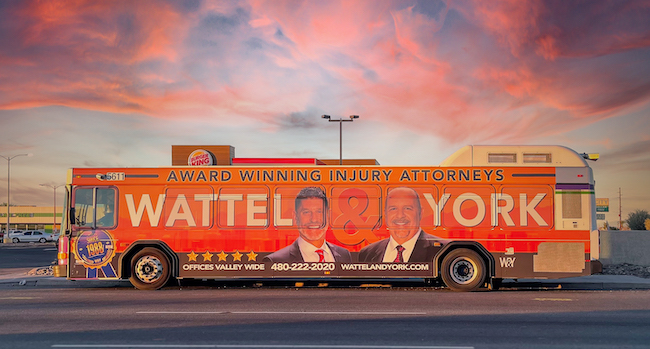Child Car Seat Age Guidelines In Arizona
May 3, 2018
Arizona has recently enacted new child car seat requirements. Learning what is required under the new law can help keep your child safe and can also help you avoid legal issues. If you have any legal questions or concerns regarding this law, contact the experienced and knowledgeable Phoenix personal injury attorneys at Wattel & York for more information.
These requirements are based on three factors: the child’s age, weight, and height. For children under a year old, Arizona law requires a rear-facing car seat that supports the entire body, including the head and neck areas. Legal restraints are required to move with the child, so the support is not lost during an accident. Keep the legal maximum of 20 pounds for a rear-facing car seat in mind when buying a car seat for your baby.
For children over a year old who have not yet learned to walk, a forward-facing car seat is required. Although designed for children weighing a minimum of 20 pounds, different seats have different maximum weights, so make sure you look at what the particular weight limit for the seat is before buying and installing it.
Both of these types of seats may be designed to face in one direction only. Other may be intended to face either direction, depending on the child’s age. Just check that the seat is in the age-appropriate position before driving.
Booster Seats and Other Regulations
From the age of 4 until a child is over 4’9” and 80 pounds, a booster seat is required to make certain that the seatbelt – designed for adult bodies – is in the proper restraining position for a child’s body. Know where the lap and shoulder belts are supposed to be for proper restraint and try the seat out to make sure it is adjusted properly. Booster seats can either have a back or just a base, depending on whether your car has head restraints or not.
Once a child is over 80 pounds and is 4’9” tall, the regular seat and lap belt system can be used. No penalties will be assessed unless the child is not wearing his or her seat belt at all.
Confirming Your Seat Safety
If you are worried about whether your seat is installed properly, have your car seat installation officially inspected and approved. There are a number of resources available for guaranteeing your safety seat is installed correctly, such as police and fire stations. Individuals at these locations can also help you with the installation process. Take advantage of these services for your peace of mind.
Child safety restraints have a recommended maximum service life of six years. If you are in any accident other than a minor fender-bender, a child car seat should be replaced as soon as possible. This requirement ensures the natural wear and tear on a seat does not make it unsafe, as well as giving you access to newly developed safety features. Also, make sure you register your safety restraint. These products are often recalled, and unless you register your seat, you will not get recall notifications.
If you are found driving without an appropriate child restraint in Arizona, you get points on your license and are assessed a $50 fine. These charges may be dismissed with proof of the acquisition of an appropriate seat.
Replacing A Car Seat After An Accident
If you were involved in an accident caused by another person’s negligence the at-fault party’s insurance company may be required to replace your car seat. The NHTSA recommends car seats be replaced after a car accident depending on the severity. Some manufacturers recommend replacement of a car seat even if the accident was a minor collision. At Wattel & York, our Property Damage division will assist you in obtaining a replacement.
Resources:
http://www.drivinglaws.org/resources/traffic-tickets/traffic-laws/arizona-child-restraint-laws.htm
http://www.safercar.gov/cpsApp/cps/index.htm?
Find more like this: Car Accidents, Child Injuries, Law, Personal Injury, Safety

